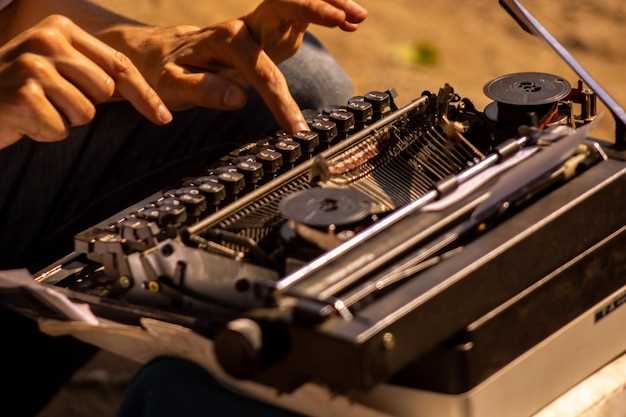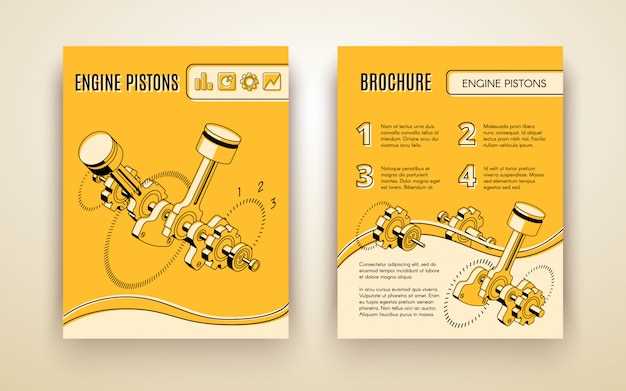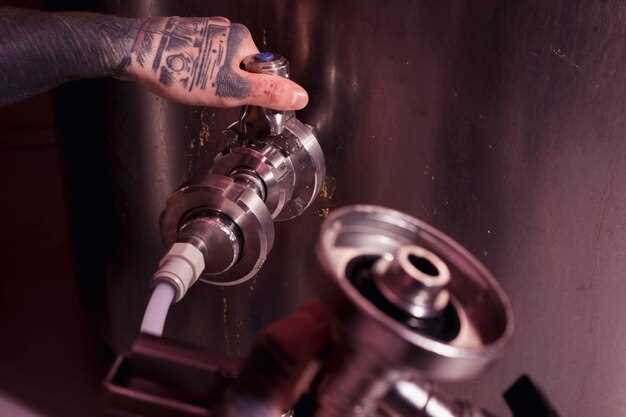
Vintage carburetors are integral components for classic vehicles, playing a pivotal role in their performance and reliability. Proper maintenance of these carburetors is essential to ensure that they function optimally, providing the right fuel-air mixture for efficient engine performance. Over time, these intricate devices can accumulate dirt, debris, and other contaminants that can hinder their operation, making regular upkeep a necessity for any vintage car enthusiast.
Understanding the specific needs of vintage carburetors requires not only general mechanical knowledge but also an appreciation for the unique characteristics of older designs. Many vintage carburetors utilize materials and configurations that are different from modern counterparts, making it crucial to use appropriate techniques and products during maintenance. This article will delve into essential tips and methods for caring for these classic components, ensuring they continue to function as intended for years to come.
From routine cleaning and parts replacement to fine-tuning adjustments for optimal performance, maintaining vintage carburetors involves a combination of practices tailored to the age and condition of the unit. In the following sections, we will explore practical techniques, common pitfalls to avoid, and recommendations for tools and supplies that can simplify the maintenance process. Whether you’re a seasoned mechanic or a hobbyist, mastering these tips will enhance your ability to preserve the history and performance of your vintage vehicle.
Maintaining Vintage Carburetors: Tips and Techniques
Vintage carburetors require special attention to ensure they function properly and maintain their performance over time. Here are essential tips and techniques for effective maintenance:
- Regular Cleaning: Periodically remove the carburetor and clean it thoroughly. Use a carburetor cleaner to eliminate built-up deposits and dirt.
- Inspect Gaskets and Seals: Check for wear and tear on gaskets and seals. Replace any damaged components to prevent fuel leaks and maintain optimal operation.
- Adjust Fuel Mixture: Ensure that the air-fuel mixture is correctly adjusted. This affects both performance and fuel efficiency. Use a tuning guide specific to your carburetor model.
In addition to the basic maintenance practices, consider the following techniques:
- Fuel Quality: Use high-quality fuel and consider adding a fuel stabilizer to prevent the degradation of older fuel systems.
- Float Adjustment: Regularly check and adjust the float level, as it plays a crucial role in fuel delivery accuracy.
- Throttle Linkage Maintenance: Lubricate and inspect the throttle linkage for smooth operation. A stiff linkage can lead to poor throttle response.
Additionally, always keep the carburetor covered or stored in a dry environment when not in use to protect it from dust and moisture. Following these maintenance tips will help ensure the longevity and performance of your vintage carburetor.
Cleaning Procedures for Vintage Carburetors
Cleaning vintage carburetors is essential for optimal engine performance and longevity. An effective cleaning process requires careful attention to the components and the methods used. Begin by disassembling the carburetor carefully, ensuring that all parts are labeled for reassembly.
Start with a thorough inspection of all components to identify any damage or corrosion. Use an appropriate cleaning solution, such as a carburetor cleaner or a mixture of water and mild detergent, to soak small parts like jets and needles. Allow them to soak for several hours to break down the deposits.
For stubborn deposits, use a soft brush or a toothbrush to gently scrub the surfaces, particularly in areas with intricate passages. Be cautious not to damage any components during this process. For internal passages, using compressed air can help dislodge any remaining debris. Ensure all passages are clear, as blockages can hinder proper fuel flow.
After cleaning, rinse all parts with clean water and dry them completely using air or a lint-free cloth. Apply a protective coating of light oil to prevent corrosion before reassembly. During reassembly, ensure that all gaskets and seals are replaced as needed to maintain proper function.
Regular maintenance, including periodic cleaning of vintage carburetors, will contribute to sustained performance and reliability of the engine. Always refer to the manufacturer’s specifications for any specific cleaning recommendations unique to your carburetor model.
Identifying Common Carburetor Problems

Carburetors can exhibit a variety of issues over time, making regular maintenance essential for optimal performance. Recognizing these common problems early can prevent larger issues later on.
One prevalent issue is difficulty starting the engine. This may be attributed to a clogged fuel jet or a malfunctioning choke. Checking for blockages in the fuel passages and ensuring the choke operates properly can often resolve this issue.
Another common symptom is rough idling. This can occur due to improper air-fuel mixture, often caused by an air leak in the intake manifold or dirty idle jets. Ensuring that all gaskets are intact and cleaning the jets can improve engine stability during idle.
Engine stalling during acceleration is also a frequent problem. This could indicate an insufficient fuel supply, often stemming from a dirty fuel filter or fuel line. Regular maintenance of these components is vital to ensure consistent fuel delivery.
Poor fuel economy may signal an overly rich or lean mixture. This imbalance can result from incorrect float height or a malfunctioning needle and seat. Adjusting the float level and inspecting the needle component should be part of regular checks.
Excessive fuel leakage indicates worn or damaged seals and gaskets. This not only affects performance but poses a fire hazard. Inspecting these components regularly and replacing them when necessary is crucial for safe operation.
A thorough understanding of these common carburetor problems, paired with routine maintenance, will enhance the performance and longevity of your vintage carburetor system.
Adjusting Fuel Mixture for Optimal Performance

One of the most critical aspects of maintaining a vintage carburetor is adjusting the fuel mixture to ensure optimal engine performance. An ideal fuel mixture allows the engine to operate efficiently, providing the right balance of air and fuel for combustion.
To achieve the best performance, follow these steps for adjusting the fuel mixture in your carburetor:
| Step | Description |
|---|---|
| 1 | Warm up the engine: Start your vehicle and let it idle for a few minutes to reach operating temperature. |
| 2 | Locate the mixture screws: Identify the idle mixture screws on your carburetor, which are typically found on the side or bottom of the carburetor body. |
| 3 | Adjust the screws: Using a screwdriver, gently turn the mixture screws clockwise to lean the mixture or counterclockwise to enrich it. Make small adjustments, no more than a quarter turn at a time. |
| 4 | Test the engine: After each adjustment, allow the engine to stabilize for a few moments, then listen for changes in idle quality. A smooth, steady idle indicates a better mixture. |
| 5 | Perform a final check: Once you achieve a satisfactory idle, rev the engine to ensure it accelerates smoothly without hesitation. |
Adjusting the fuel mixture properly can significantly enhance performance, fuel economy, and overall engine responsiveness. Remember, each carburetor may have its specific characteristics, so consult the manufacturer’s guidelines for best practices related to your specific model.
Regular checks and adjustments are advisable, as factors such as altitude, temperature, and fuel quality can impact the ideal mixture. Staying proactive in maintaining your vintage carburetor will ensure longevity and optimal engine performance.




